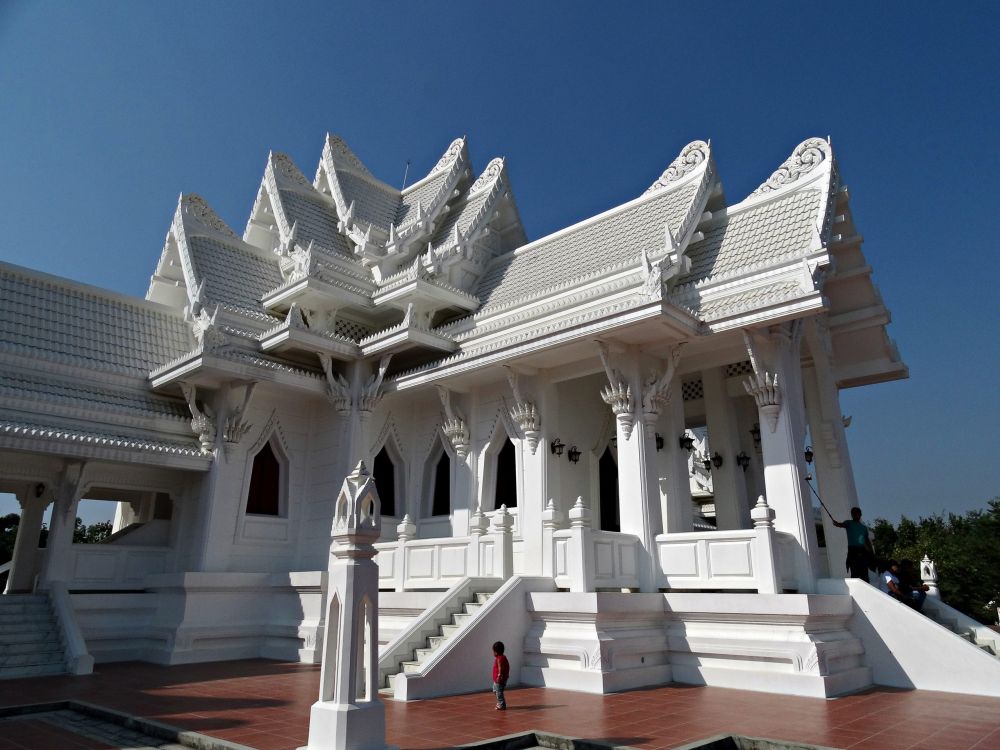

The Royal Thai Monastery in Lumbini, Nepal, is one of the magnificent monasteries that echo the significant historical and spiritual value of the region. Lumbini, being the birthplace of Lord Buddha, has long attracted pilgrims and visitors from around the world. The inception of tourism in Lumbini can be traced back to the discovery of the Ashoka Pillar in 1896 by General Khadga Samsher Rana and the German archaeologist, Dr. Alois Anton Führer, which authenticated Lumbini as the birthplace of Lord Buddha.
The tourism in Lumbini developed gradually, with the significant milestone being the establishment of the Lumbini Development Trust by the government of Nepal in 1985. This marked the beginning of organized efforts to promote and develop Lumbini as a major tourist destination with a focus on pilgrimage and spiritual tourism. In 1997, Lumbini was listed as a UNESCO World Heritage Site, which significantly bolstered its international profile and tourism potential.
The Royal Thai Monastery stands as a testament to the strong cultural and religious ties between Nepal and Thailand. It is a gift from the Thai Government to Nepal and one of the many beautiful monasteries built by various countries in the international monastic zone of Lumbini. The monastery features stunning Thai architecture, characterized by its sloped and ornamented roofs, intricate designs and serene statue of the Buddha.
Visitors to the Royal Thai Monastery are greeted by a peaceful ambiance, perfect for meditation and reflection. The monastery boasts a beautiful garden and a clean environment. Walking through the complex, one can admire the artwork and craftsmanship that narrate tales of the Buddha's life and teachings.
The latest trends in tourism at Lumbini, including the Royal Thai Monastery, emphasize sustainable and responsible tourism practices. There's an increasing effort to maintain the sanctity and cleanliness of this spiritual site while accommodating the growing number of visitors. Digital advancements have also been made, enabling potential tourists to explore the site virtually prior to their visit.
Another trend includes the development of the "Lumbini Buddhist Circuit Tour", which links Lumbini with other significant Buddhist sites in Nepal and neighboring countries, aimed to provide a comprehensive spiritual experience to visitors. The circuit serves to highlight the life of the Buddha and the spread of Buddhism across Asia.
The Royal Thai Monastery is a jewel in the crown of Lumbini’s religious and cultural landmarks. Its importance in the history of tourism in Lumbini is underscored by its beauty and the tranquility it offers to the pilgrims and tourists alike. As Lumbini continues to develop as a center of peace and learning, the monastery will undoubtedly continue to attract visitors from around the globe, searching for enlightenment or simply basking in the historical and spiritual significance of the region.